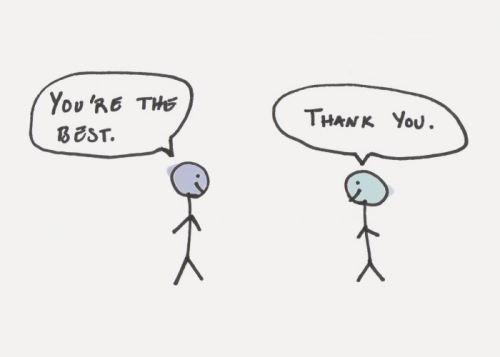EntertainmentNews And PoliticsPersonal Care And BeautyHealth And LifestyleOthersMotivationalsSports And FitnessNewsHealthCelebrityIT And Computer ScienceStoriesScience And TechnologyBusiness And MoneyGeneralTechnologyBeautyQuestions And AnswersAgricultureArts And EducationFitnessPoliticsBusinessLifetipsSportsLifestyleEducationMotivationFamily And HolidaysReligion And Principles
DemuchGS
Computer Scientist : Am A Skillful Person, I Love Advertising And I Am Into Blogging, Am A Content Creator, IG: Demuchgs, Facebook: Demuch Spacial, Page: Official Demuch
Wants to meet Just Friends
Articles
561
Followers
32
profile/919images-01.jpeg
DemuchGS
~0.2 mins read
The favour that will change your entire life and your family for good will locate you this month. God's grace and mercy shall continue to be on you and your family. Almighty God will keep you and your family safe from any harm in this new month in Jesus Name Amen 🙏🙏🙏
Happy new month.
profile/919images-01.jpeg
DemuchGS

Make Your Life Better By Saying Thank You In These 5 Situations
~2.1 mins read
Idon't say “Thank You” as often as I should and I doubt I'm the only one.
In fact, I'm starting to believe that “Thank You” is the most under-appreciated and under-used phrase on the planet. It is appropriate in nearly any situation and it is a better response than most of the things we say. Let's cover 7 common situations when we say all sorts of things, but should say “Thank You” instead.
1. Say “Thank You” when you're receiving a compliment.
We often ruin compliments by devaluing the statement or acting overly humble. Internally, you might think this prevents you from appearing arrogant or smug.
The problem is that by deflecting the praise of a genuine compliment, you don't acknowledge the person who was nice enough to say something. Simply saying “Thank You” fully acknowledges the person who made the compliment and allows you to enjoy the moment as well.
2. Say “Thank You” when you’re running late.
Being late is the worst. It's stressful for the person who is running late and it's disrespectful to the person who is waiting.
It might seem strange to thank someone for dealing with your hassle, but that's exactly the correct response. Most people stumble in the door and say, “Sorry I'm late.”
The problem is this response still makes the situation about you. Sorry, I'm late. Saying “Thank You” turns the tables and acknowledges the sacrifice the other person made by waiting. Thank you for waiting.
3. Say “Thank You” when you're comforting someone.
When someone comes to you with bad news, it can be awkward. You want to be a good friend, but most people don't know what to say. I know I've felt that way before.
Often times, we think it's a good idea to add a silver lining to the problem. “Well, at least you have…”
What we fail to realize is that it doesn't matter if you don't know what to say. All you really need is to be present and thank them for trusting you.
4. Say “Thank You” when you're receiving helpful feedback.
Feedback can be very helpful, but we rarely see it that way. Whether it is an unflattering performance review from your boss or an email from an unhappy customer, the standard reaction is to get defensive. That's a shame because the correct response is to simply say, “Thank You” and use the information to improve.
5. Say “Thank You” when you're receiving unfair criticism.
Sometimes criticism isn't helpful at all. It's just vindictive and mean. I've written about how to deal with haters previously, but one of the best approaches is to just say thank you and move on.
When you thank someone for criticizing you, it immediately neutralizes the power of their statements. If it’s not a big deal to you, then it can’t grow into a larger argument.
Advertisement

Link socials
Matches
Loading...
